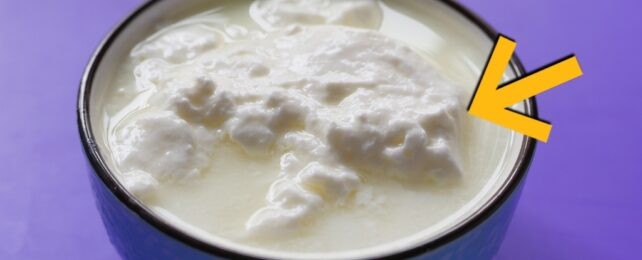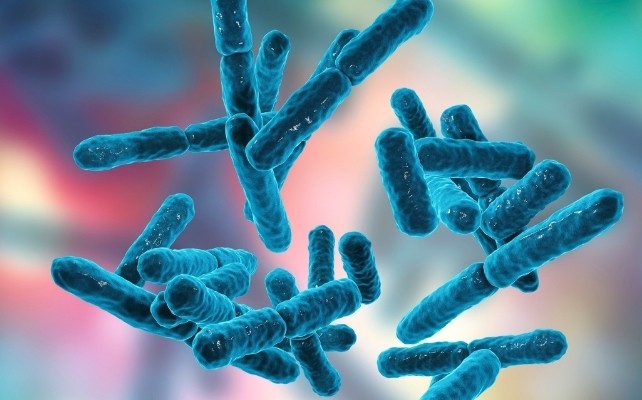A 117-Year-Old Woman’s Gut Holds the Secret to Longevity
When María Branyas Morera died in 2024 at the age of 117, she left more than memories. She left a scientific gift: samples of her gut microbiome. Researchers found her microbiome was as diverse as that of a much younger adult, rich in beneficial bacteria linked to resilience and longevity. Her daily yoghurt habit and a Mediterranean-style diet may have helped sustain that diversity. This finding suggests that nurturing our gut microbiome could be a practical path to lifelong health, even if we cannot choose our genes.

In This Article:
A Youthful Microbiome in an Old Body
In aging, the gut microbiome typically loses diversity, and beneficial bacteria such as Bifidobacterium decline. Branyas's gut told a different story: it was as diverse as that of much younger adults and was especially rich in the bacterial family Bifidobacteriaceae. The researchers note that this unusually youthful microbiome may have supported her gut and immune health, contributing to her extraordinary longevity. However, the scientists cautioned that many factors work together to reach such an age.

Three Yoghurts a Day, and a Mediterranean Pattern
Branyas's diet offers a clue. She reportedly ate three yoghurts every day, each containing live bacteria known to support Bifidobacterium growth. She also followed a largely Mediterranean diet, a pattern repeatedly linked to gut microbiome diversity and good health. Other foods that encourage Bifidobacterium include kefir, kombucha, and fermented vegetables such as kimchi and sauerkraut. Probiotics are helpful when they have fuel: prebiotic fibers like onions, garlic, leeks, asparagus, bananas, oats, and legumes feed the microbes. Together, probiotics and prebiotics help maintain a balanced microbiome.

Genes, Microbes, and the Limits of a Single Case
This was a study of a single individual, and scientists do not claim that Branyas's microbiome alone explains her long life. Her longevity was almost certainly the result of many interwoven factors: protective genes, efficient metabolism, low inflammation, and possibly a supportive gut microbiome. The broader takeaway is that microbiome diversity is generally associated with better health, but there is no single recipe for a long life. As microbiome research advances, the idea that nurturing a diverse, beneficial gut community matters to health becomes more widely accepted.

Practical Steps to Nurture Your Microbiome
Bottom line: you can support a healthier gut by incorporating fermented foods and a nutrient-rich diet. Eat live yoghurts, kefir, kimchi, and sauerkraut, alongside plenty of fruits, vegetables, legumes, and whole grains to provide the prebiotics healthy microbes need. A Mediterranean-style pattern—vegetables, fruits, whole grains, olive oil as the main fat, regular fish and legumes, and limited red meat, processed foods, and added sugars—has been repeatedly linked to microbiome diversity and reduced disease risk. These habits won't guarantee a life beyond 110 years, but they are associated with lower risks of cancer, type 2 diabetes, and cardiovascular disease. Longevity depends on a balance of genetics, lifestyle, and biology, but tending to our gut microbiome is a meaningful step toward lasting health. Note: This article is republished from The Conversation under a Creative Commons license. Read the original article.

